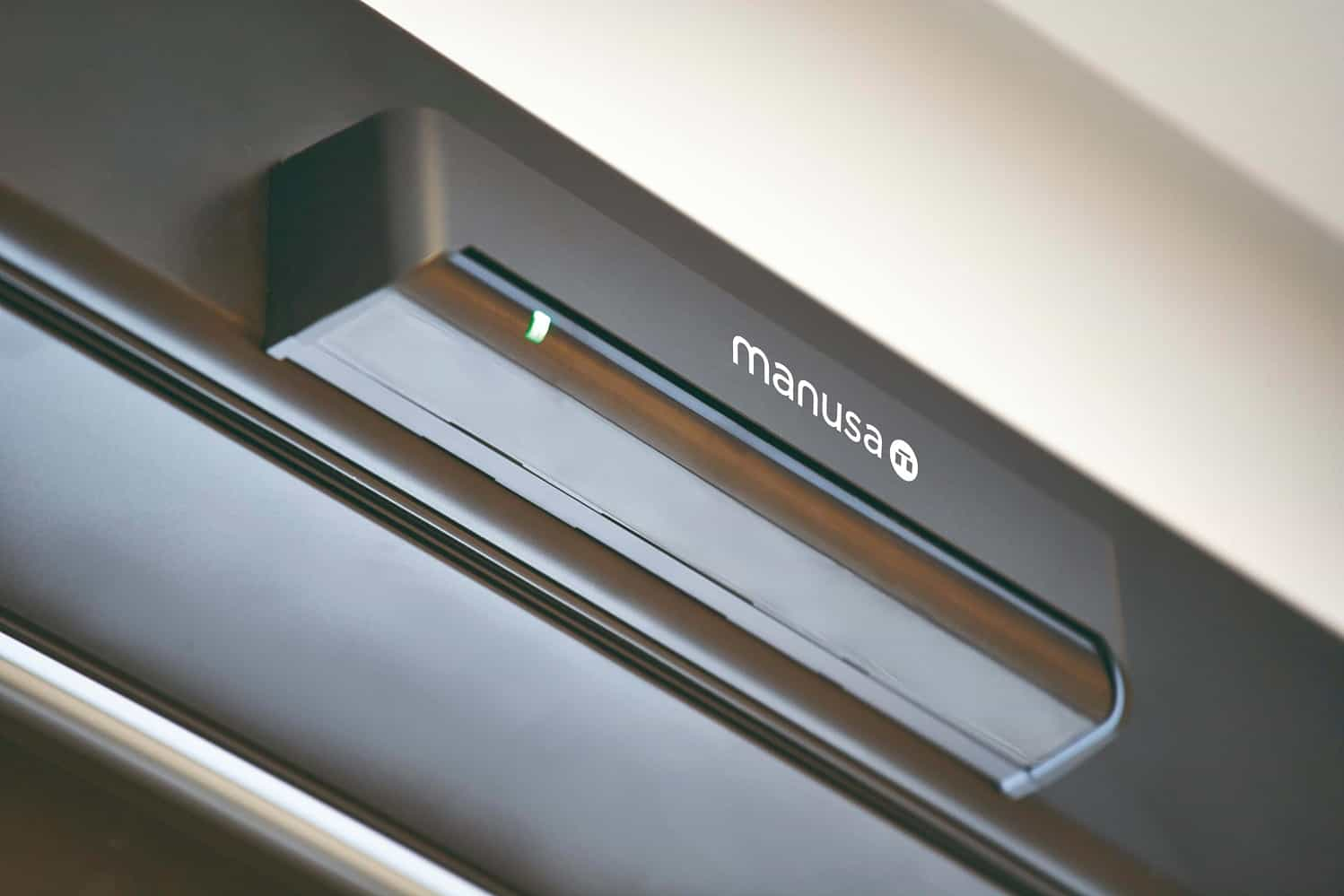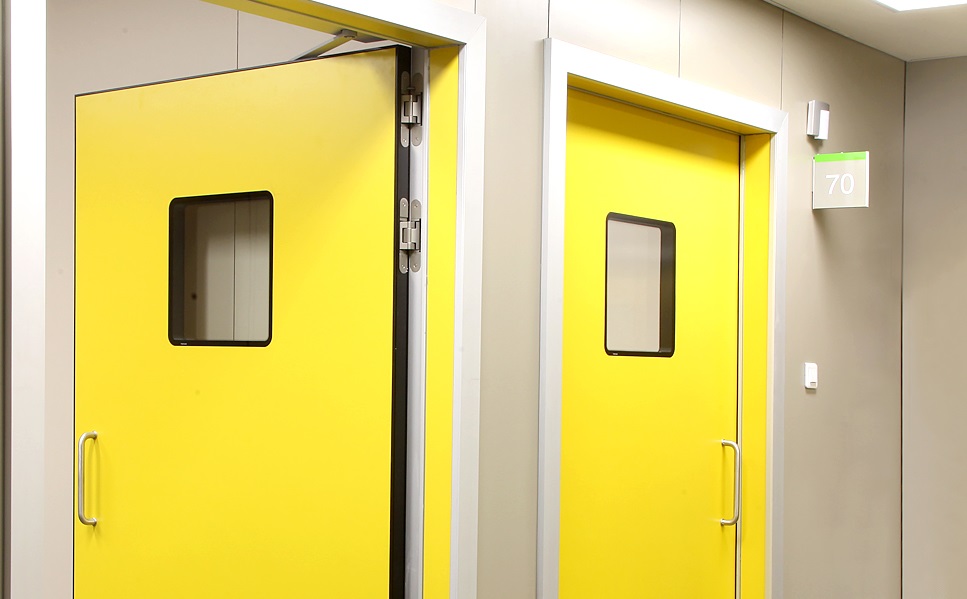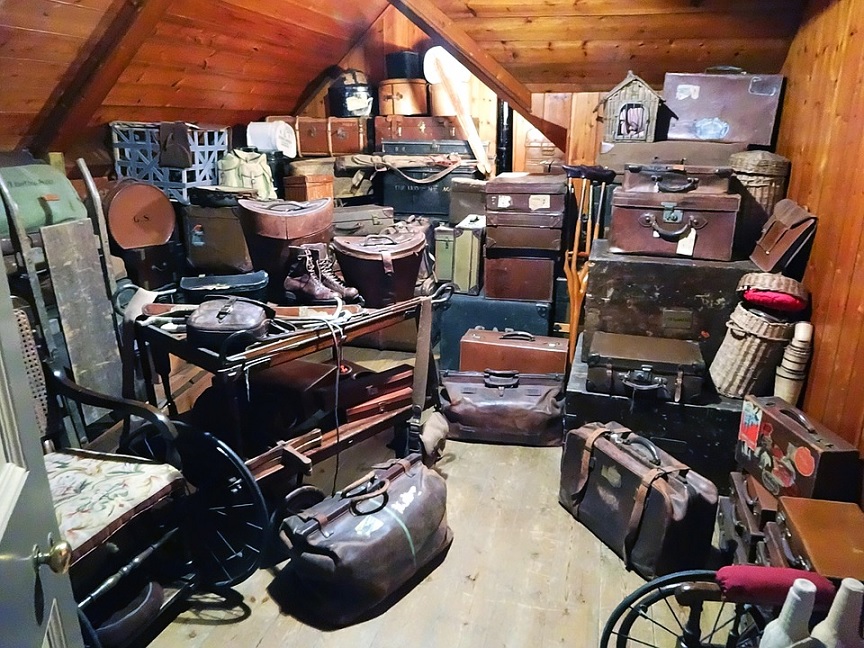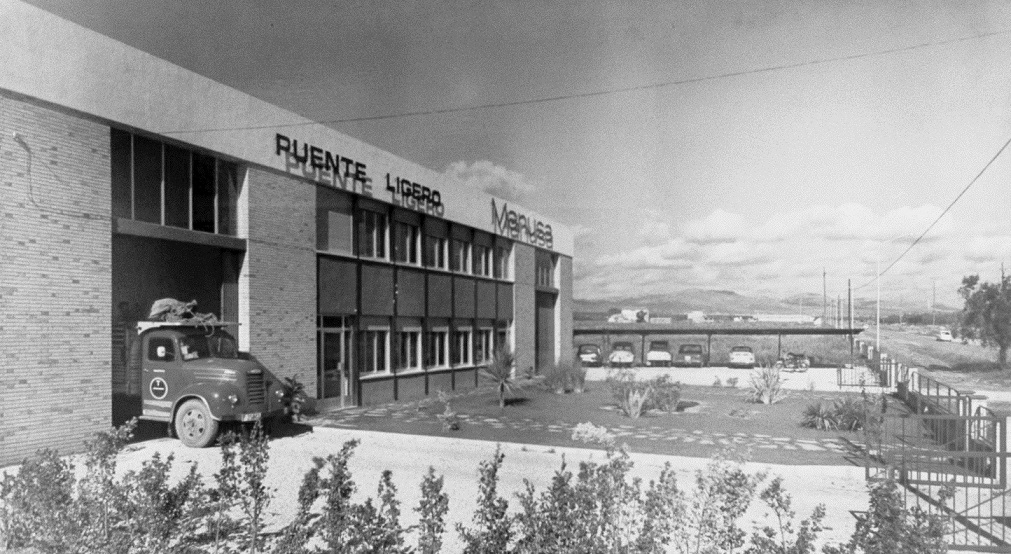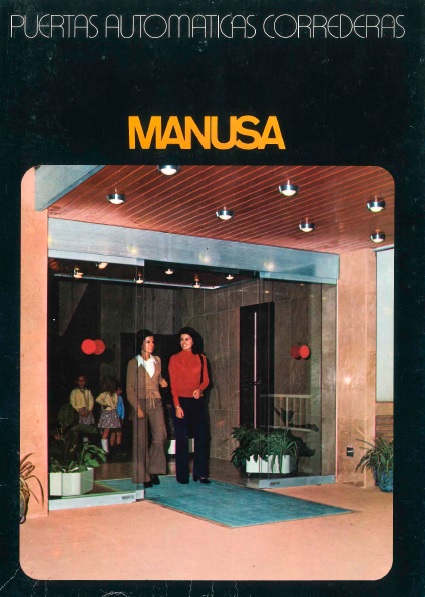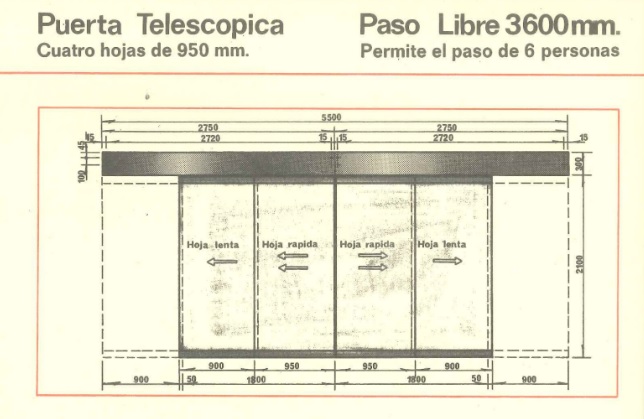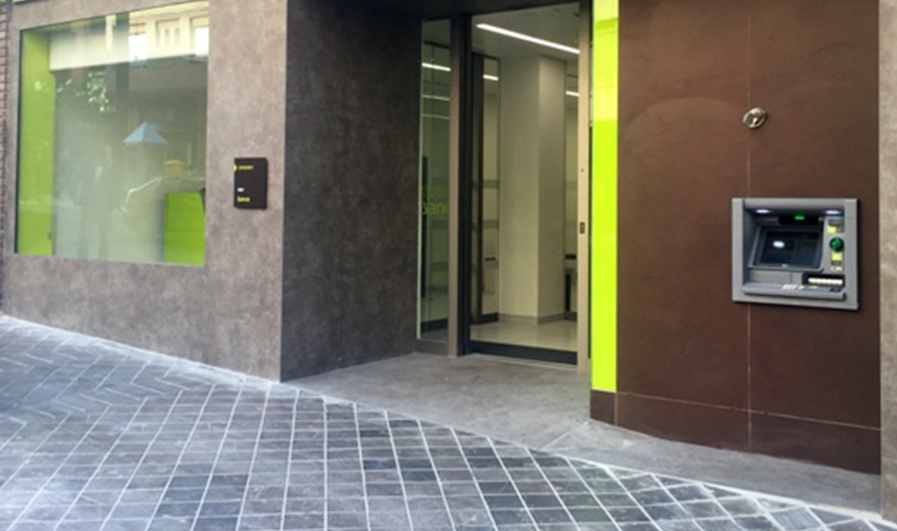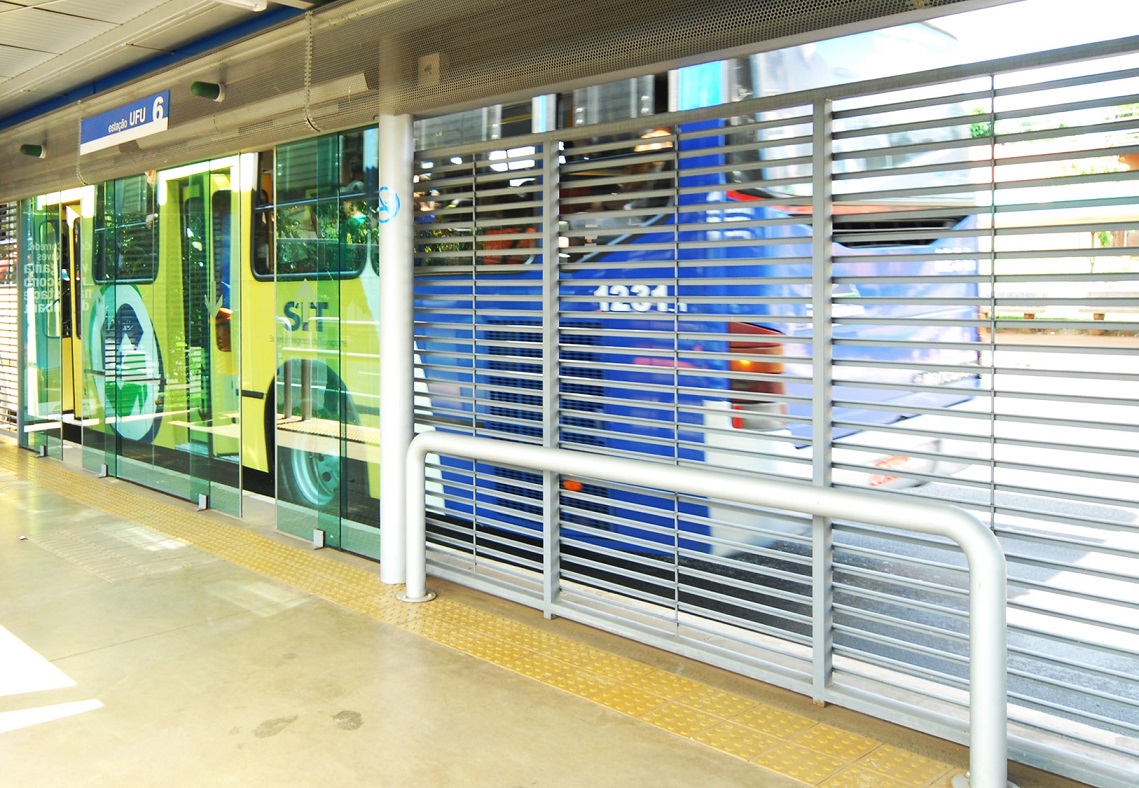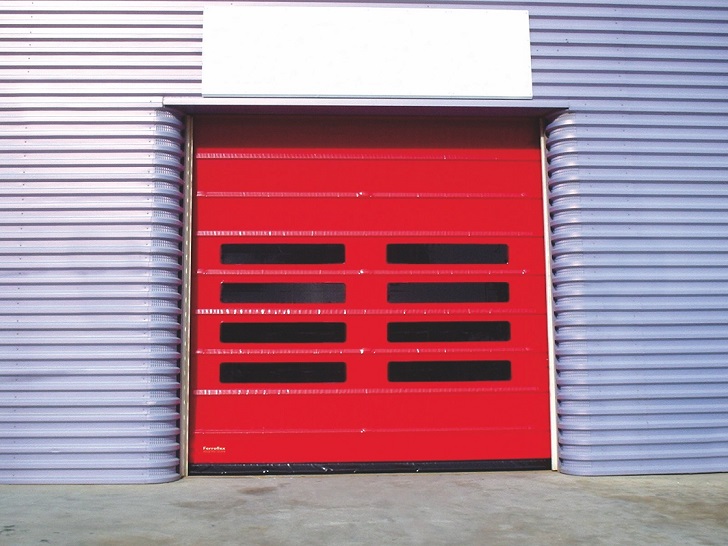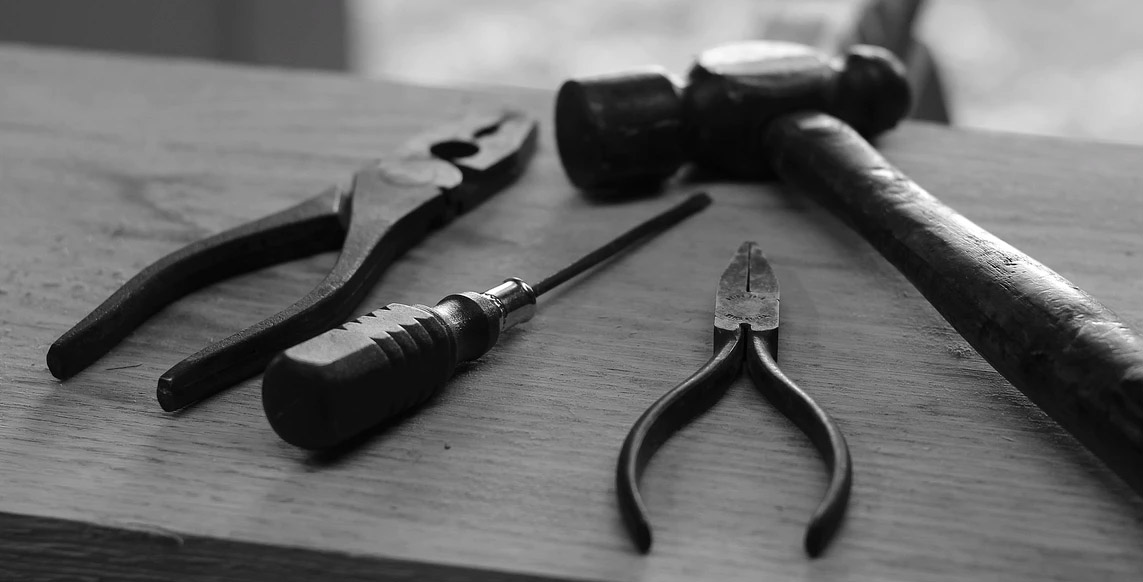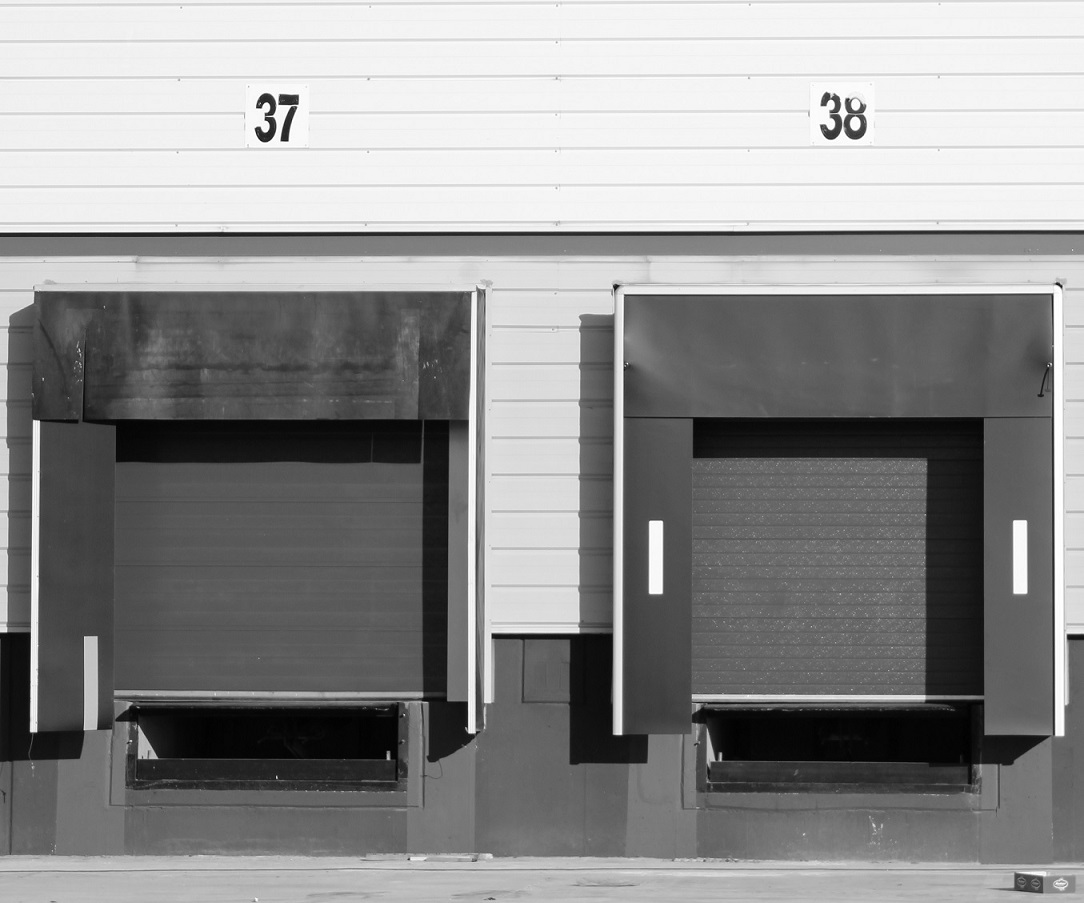When we think about an automatic door, the first thing that comes to mind are two glass leaves that open and close, or a door that rotates 360 degrees whenever it is activated. With this basic thought in mind, there are a great many accessories and mechanisms that form part of this type of entrance and that are essential to ensure it operates as correctly as possible.
These products include photocells, side safety sensors, passage control mechanisms, locks, buzzers, movement sensors, remote controls, buttons, people counter systems, video screens, self-dimming glass or LED lighting on glass leaves.
Without a doubt, this is a long list of accessories that offers true innovation in comparison with the first automatic doors to be launched on the market. According to clients, this type of mechanism will be of greater or less utility and demand will vary.
Accessories for automatic doors
In the case of businesses, the type of building and entrances in question should be assessed. Photocells, buzzers or passage control mechanisms using a digital code will provide increased security against intruders.
Venetian blind technology is also very new, designed to maintain privacy in certain rooms or areas. A blind is built into the leaves of the door and, when activated, blocks vision completely. Along these lines, self-dimming glass is also interesting.
Manusa has an extensive catalogue of mechanisms and accessories for automatic doors and access controls to make the life of users crossing the threshold of buildings, homes and officers much easier.
